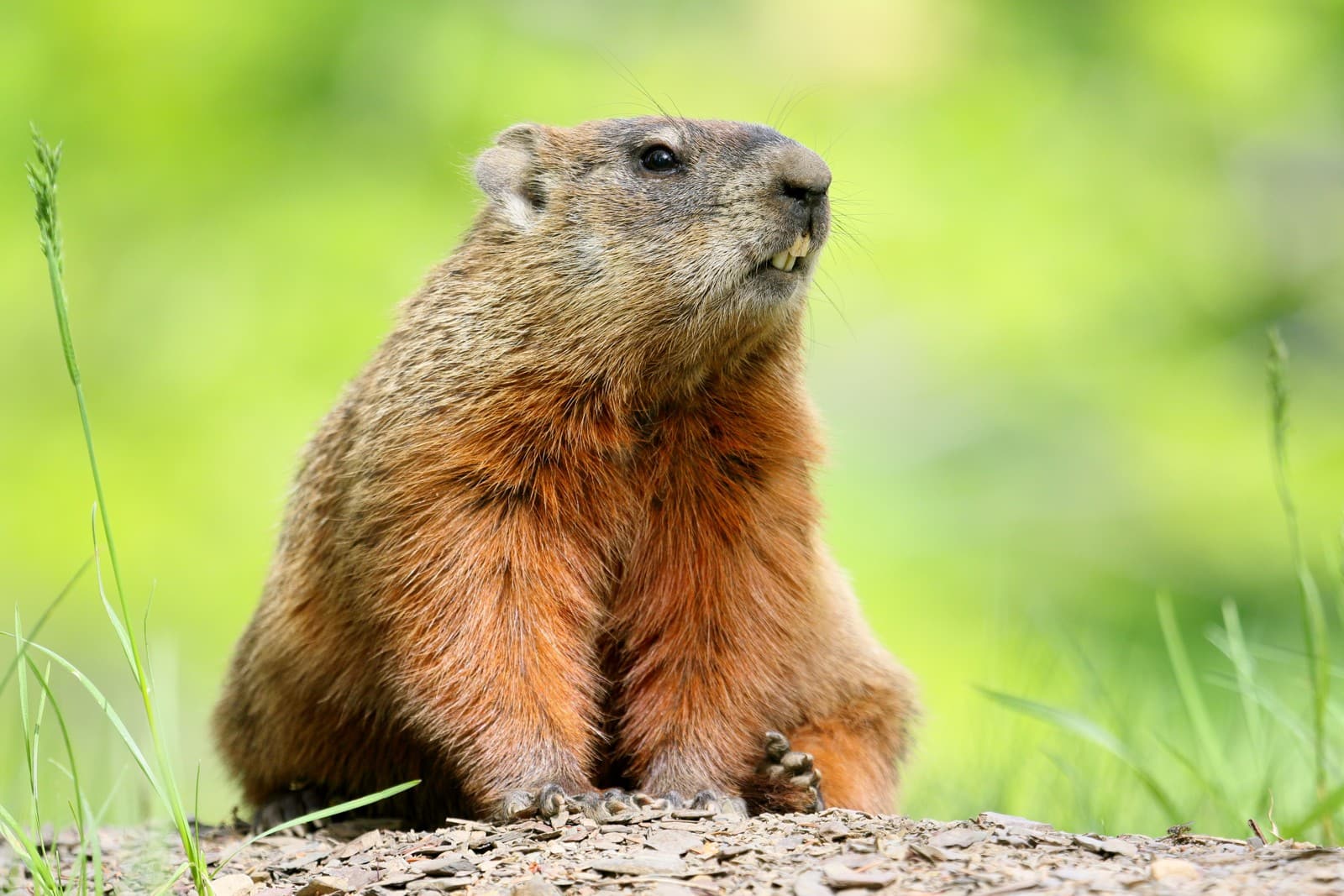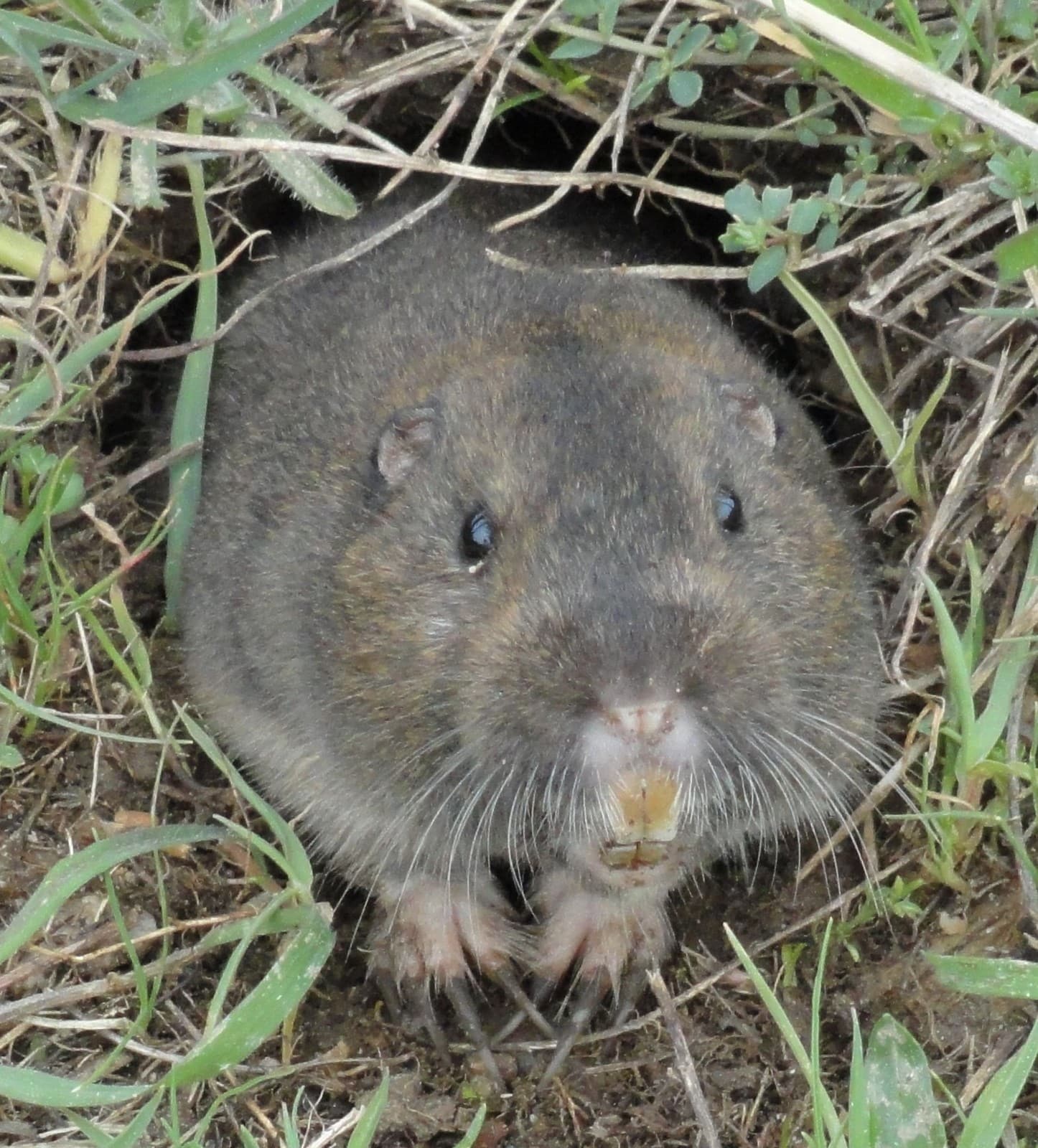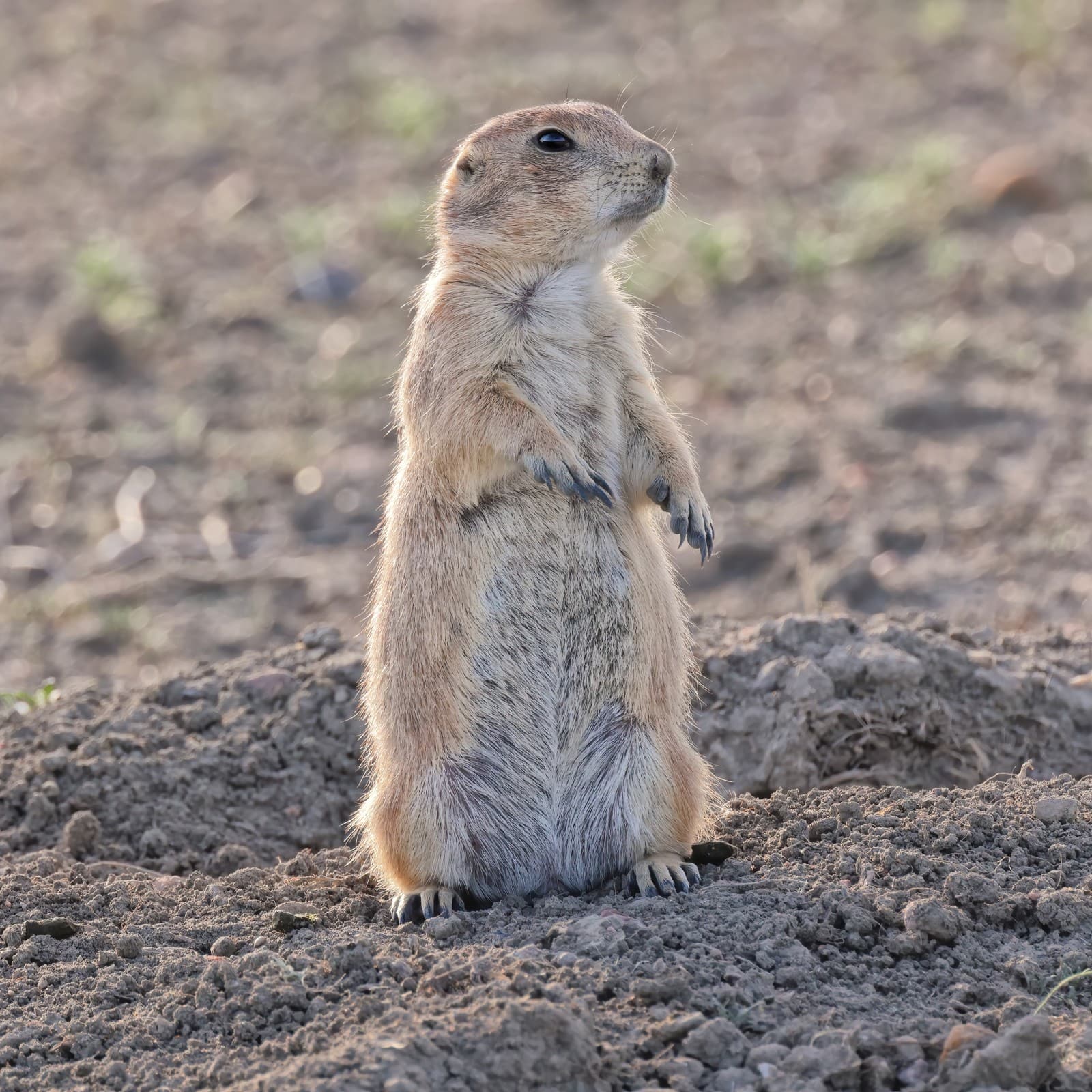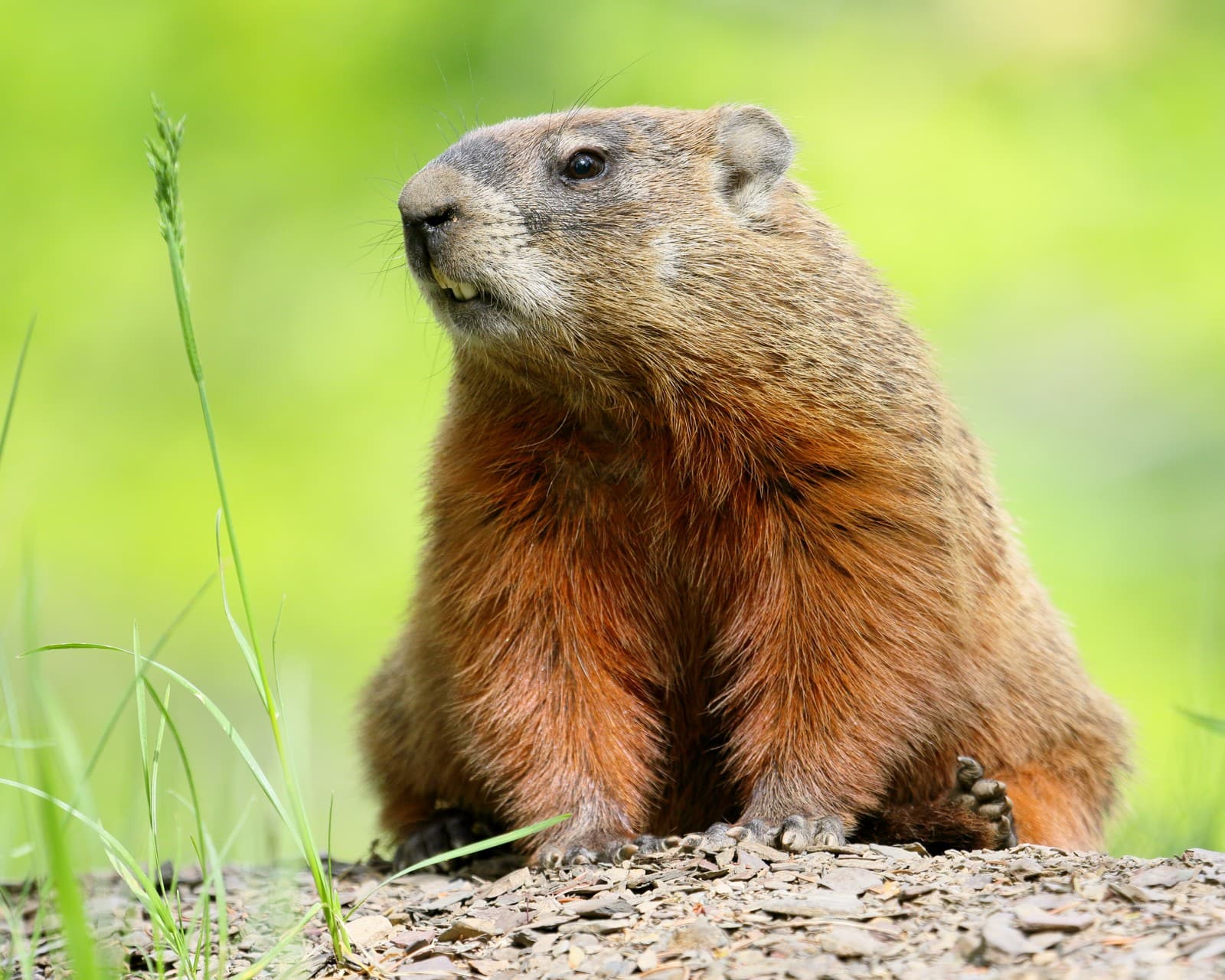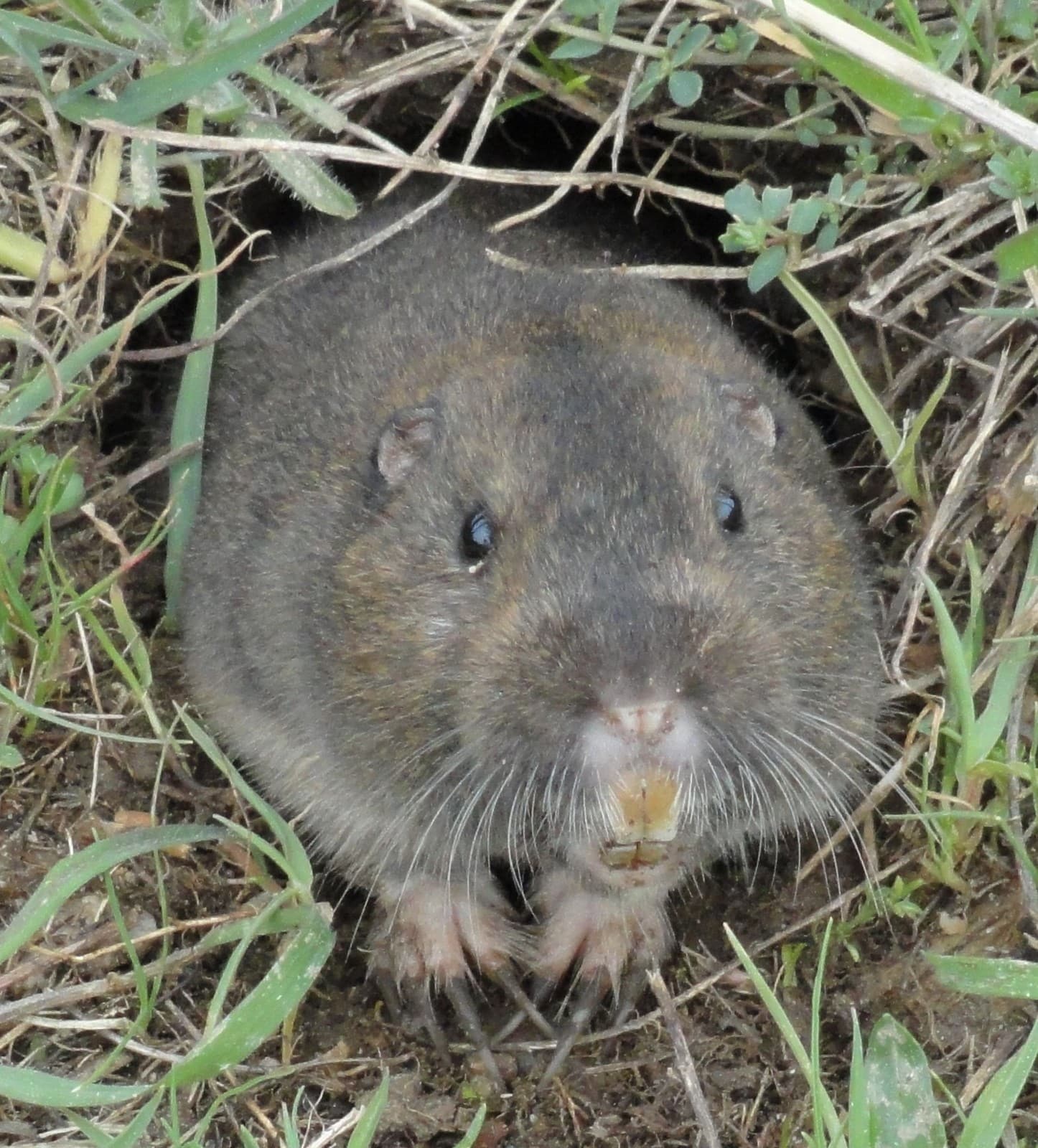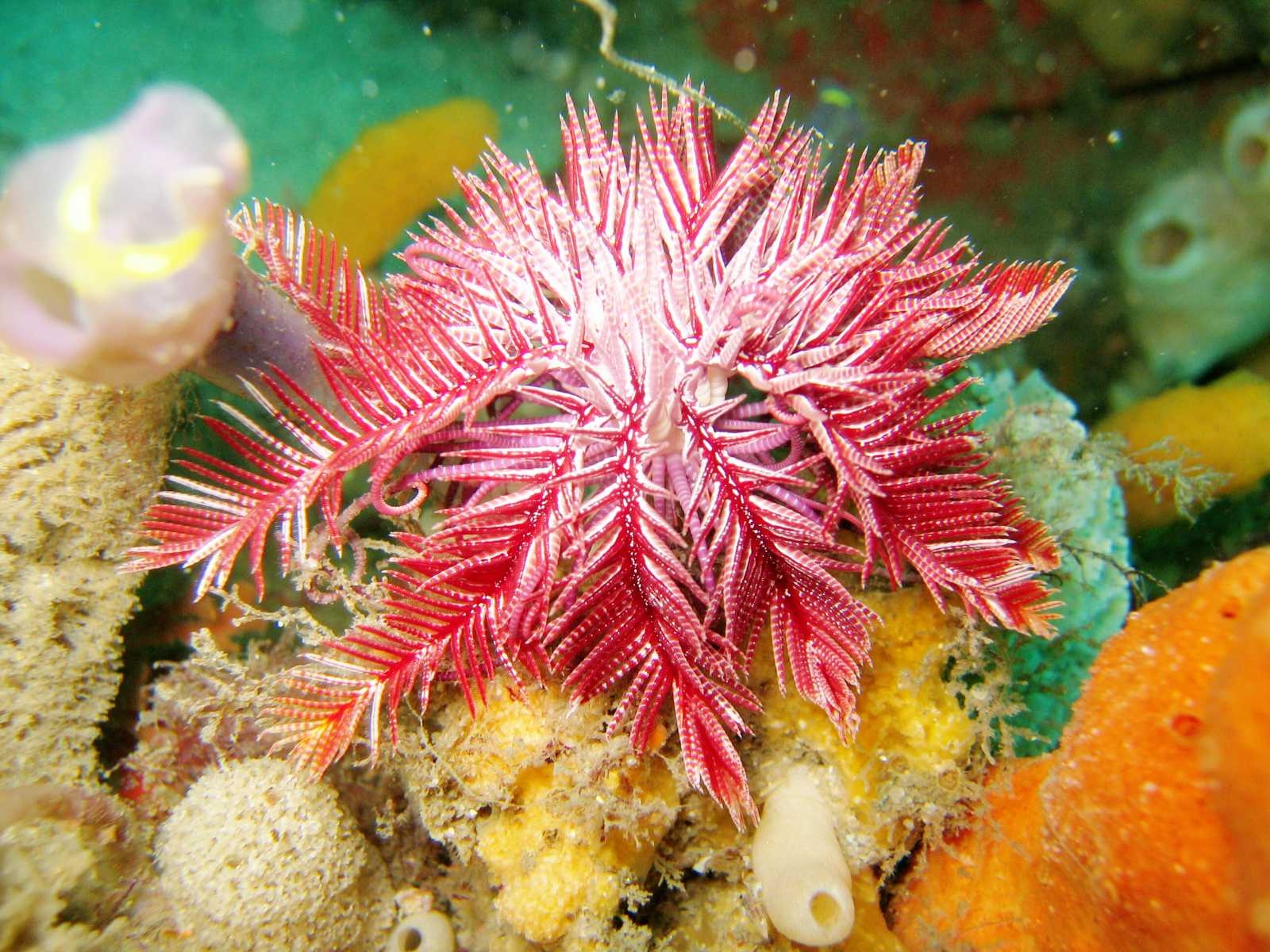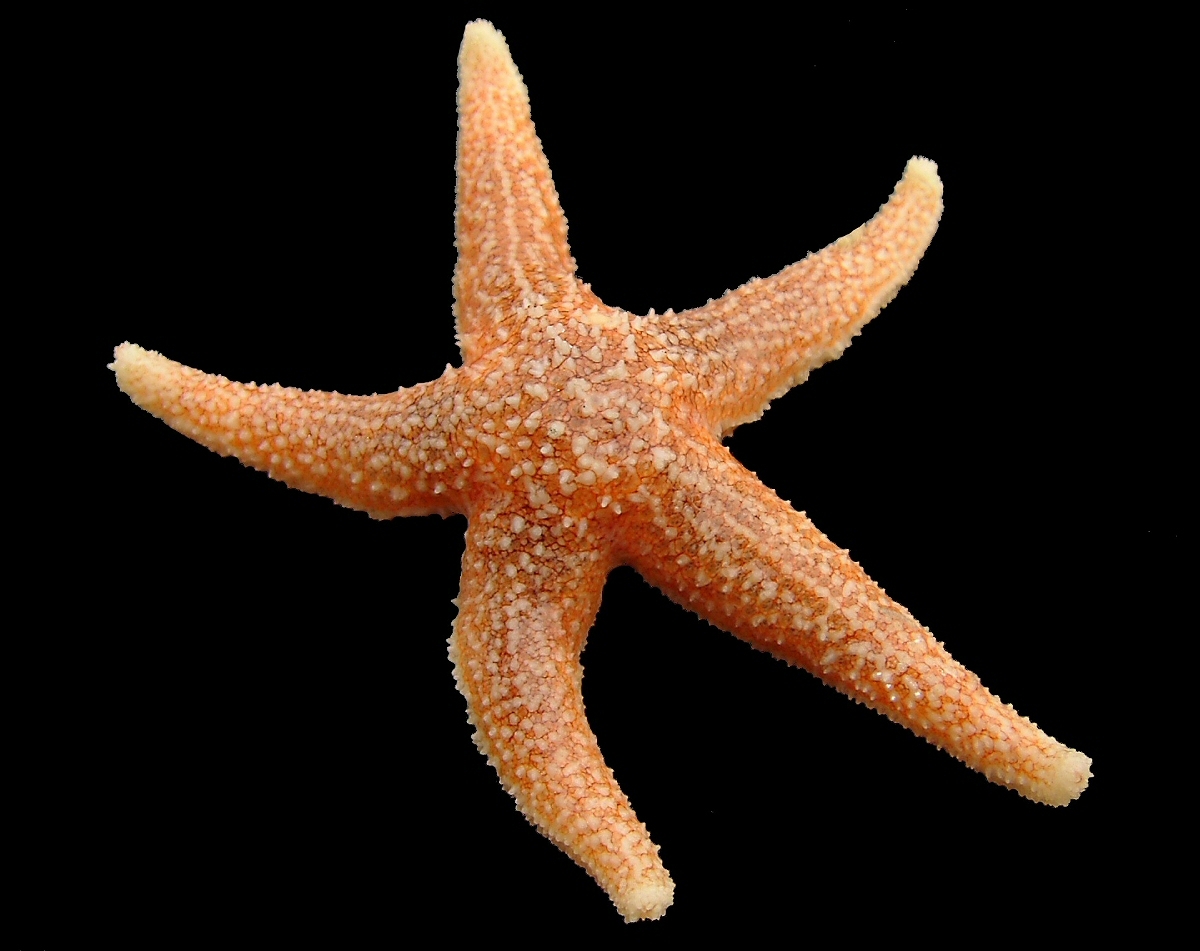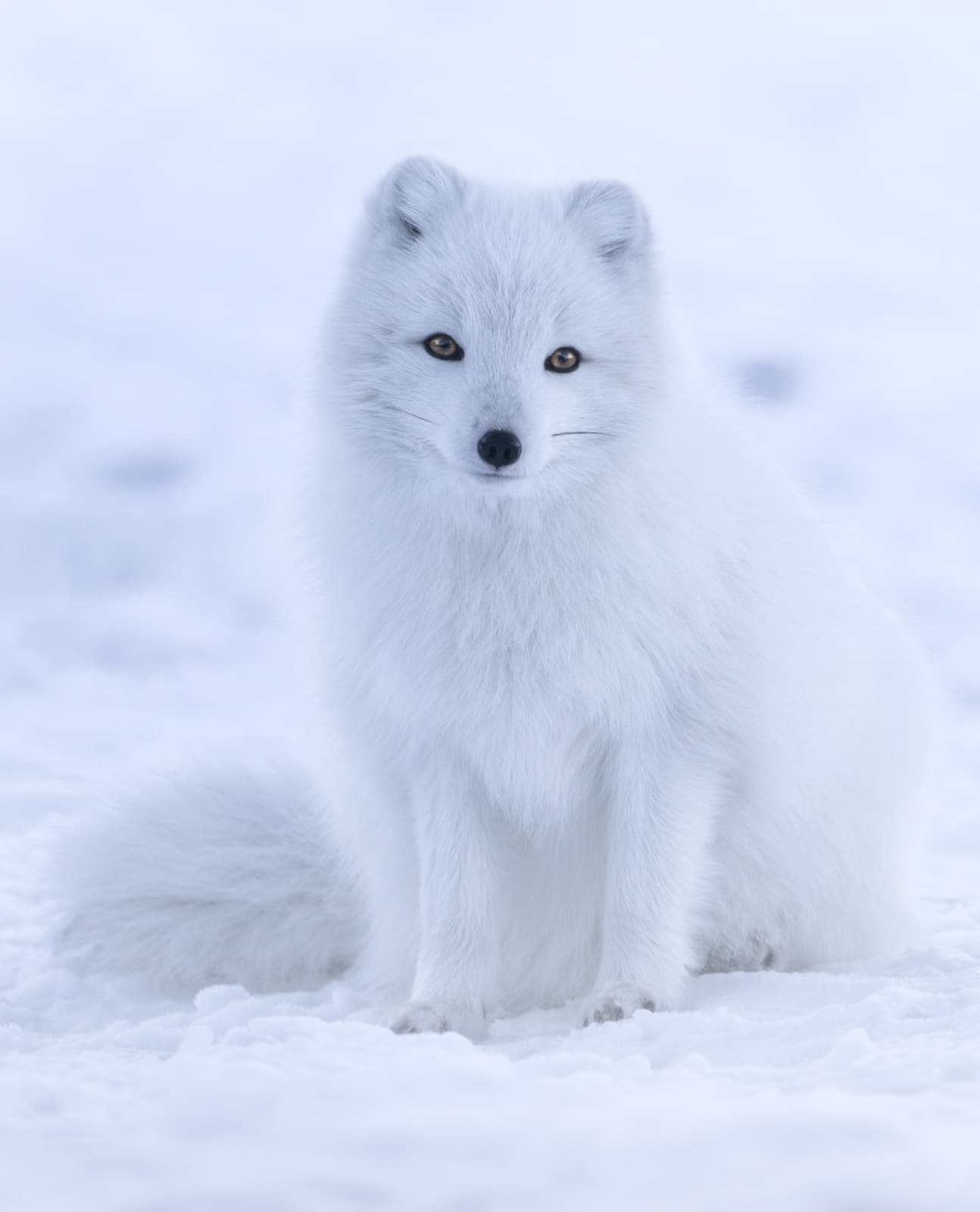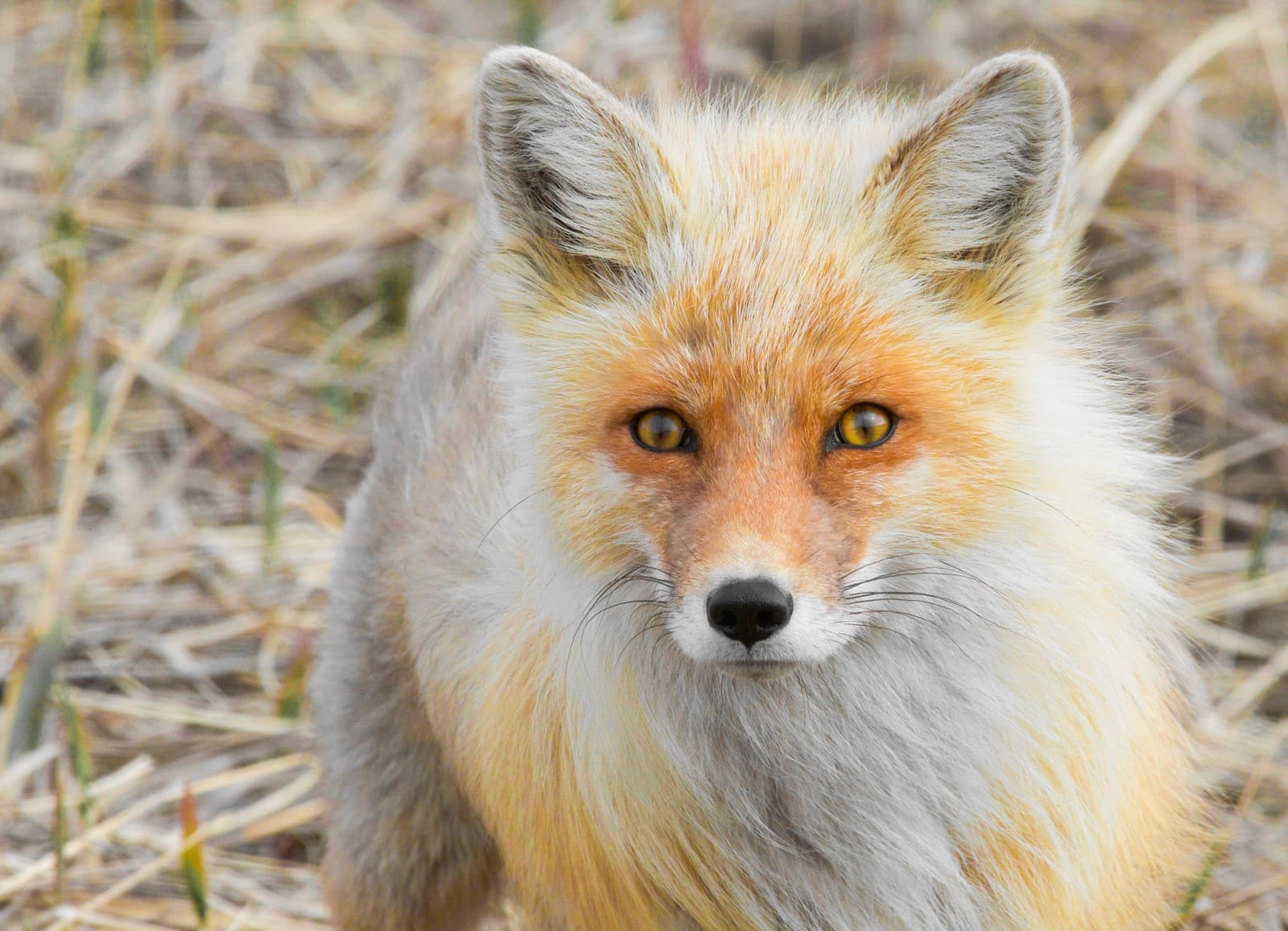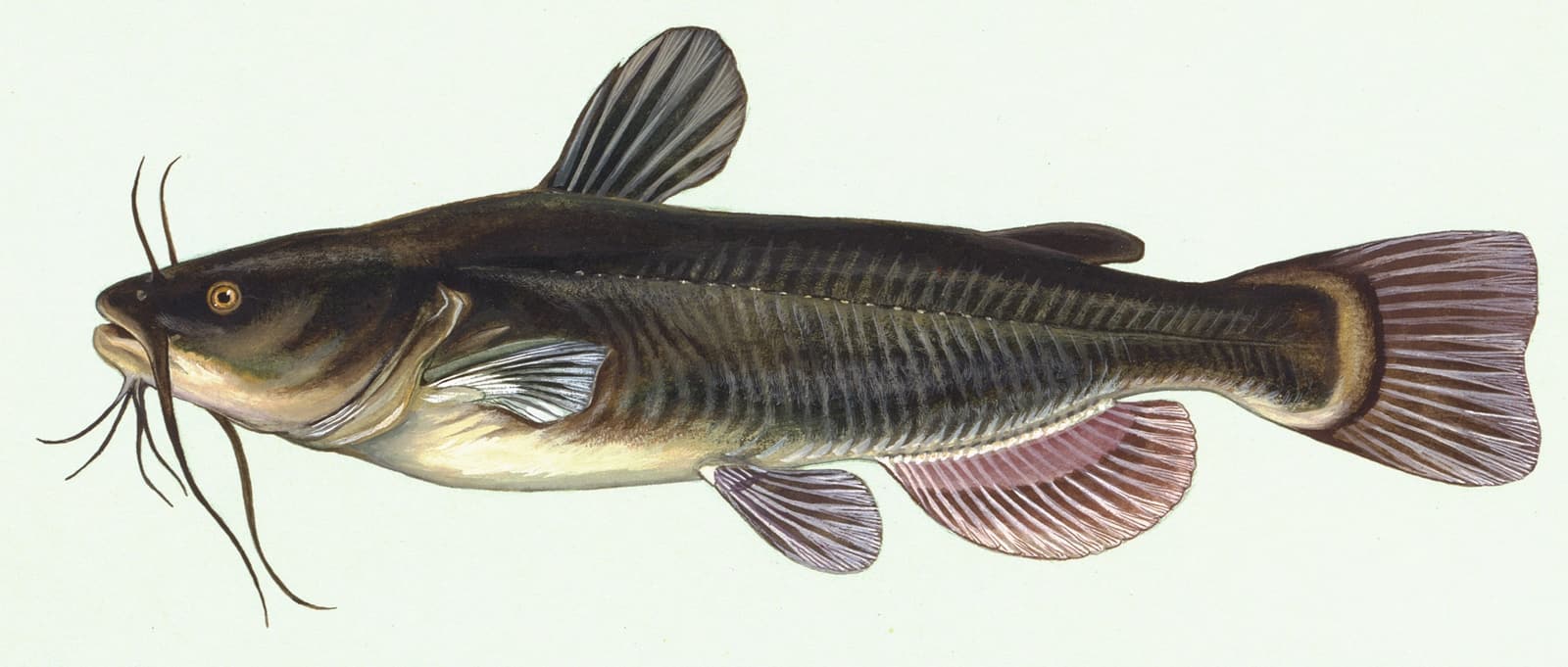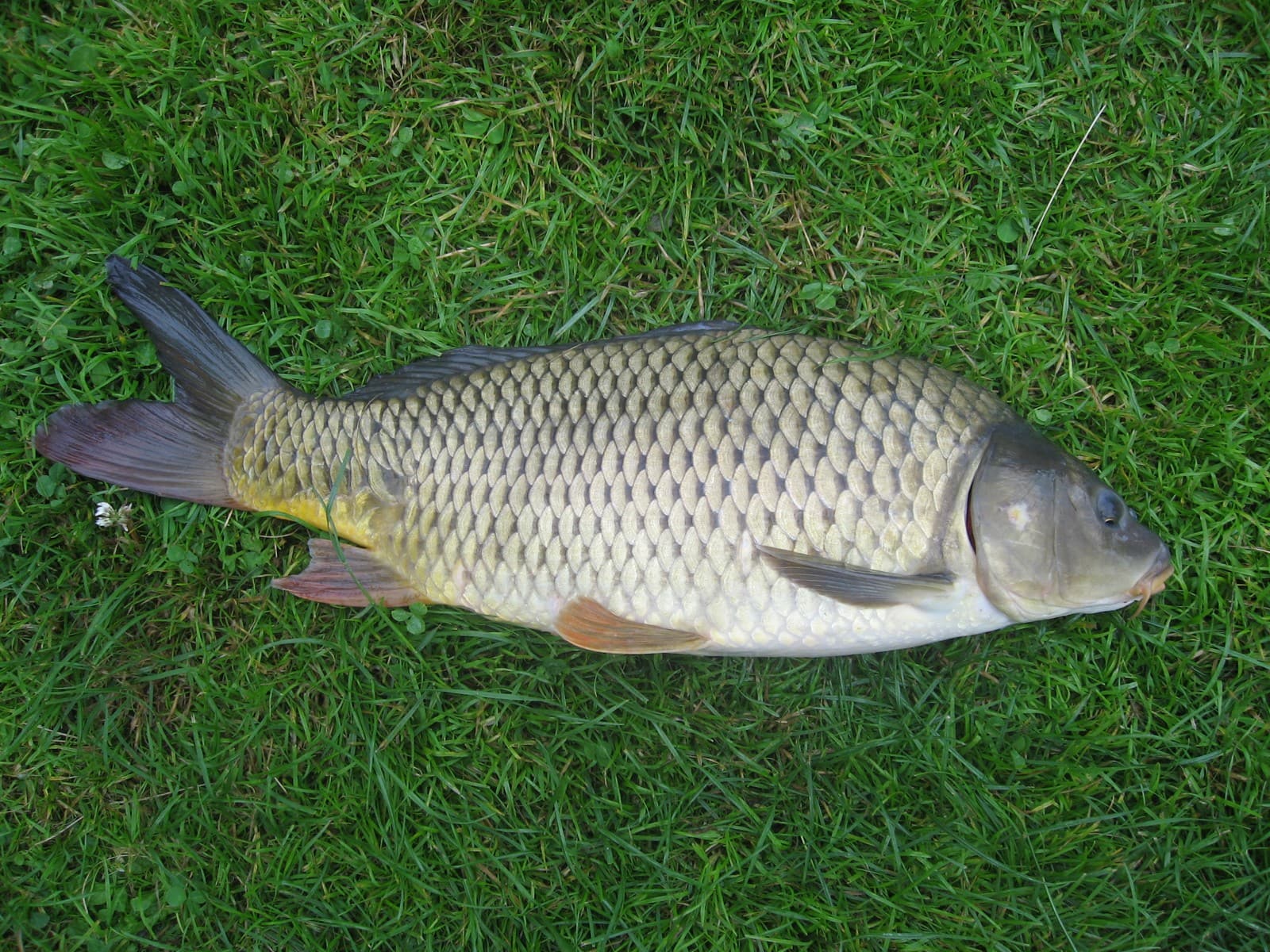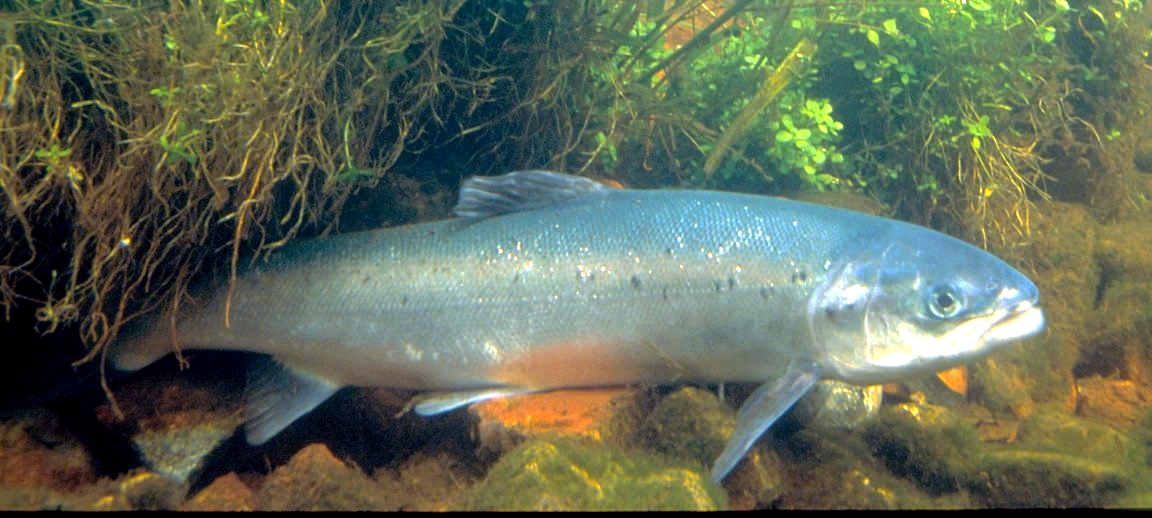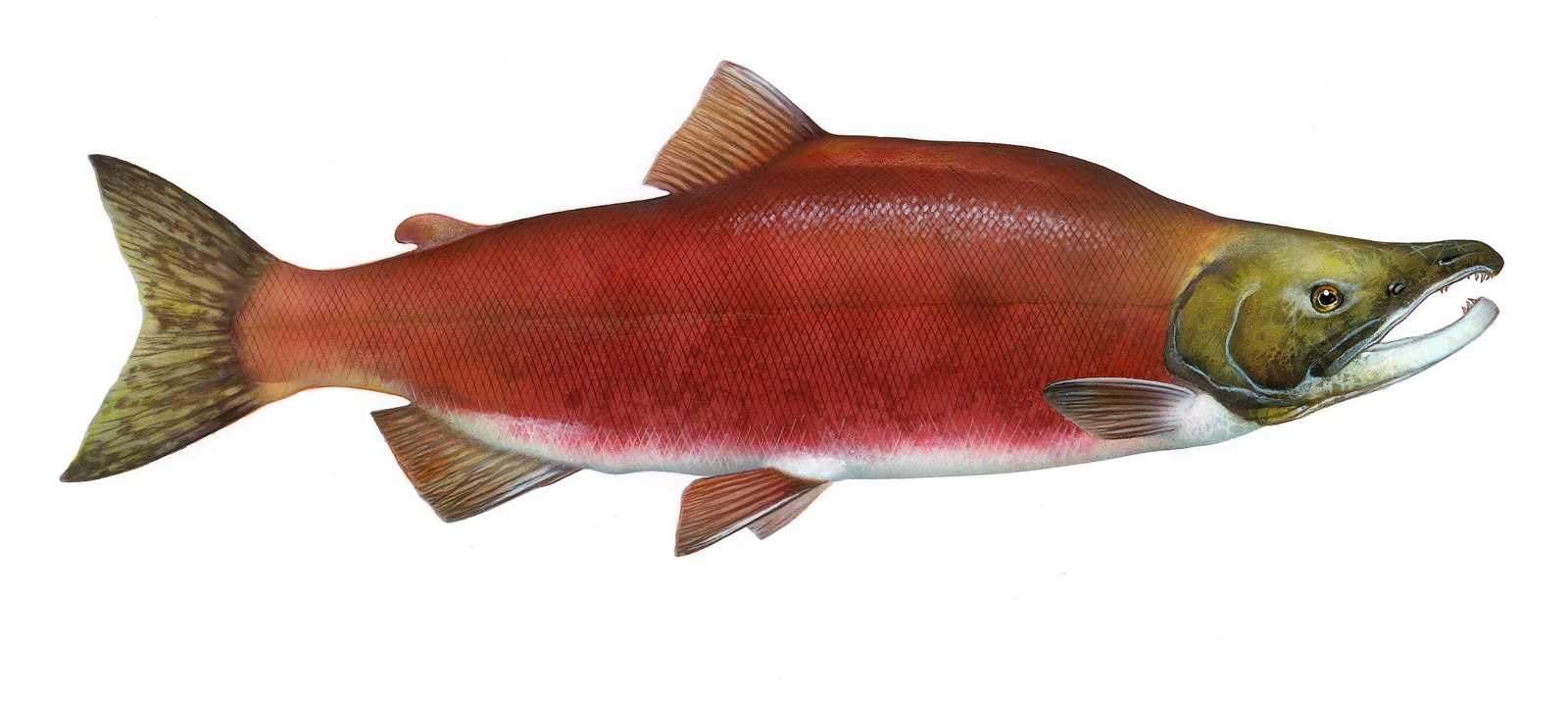Woodchuck vs Gopher: A Complete Comparison
While woodchucks and gophers might seem similar at first glance, these burrowing rodents have distinct differences that set them apart. Woodchucks (Marmota monax) are significantly larger, weighing 5-14 pounds (2.3-6.4 kg), while pocket gophers typically weigh just 0.5-2 pounds (0.2-0.9 kg). These size differences reflect their divergent evolutionary paths and lifestyles.
The woodchuck vs gopher comparison reveals fascinating adaptations to different ecological niches. Woodchucks are members of the marmot family and spend considerable time above ground, while gophers belong to the family Geomyidae and live almost entirely underground, emerging only briefly to forage.
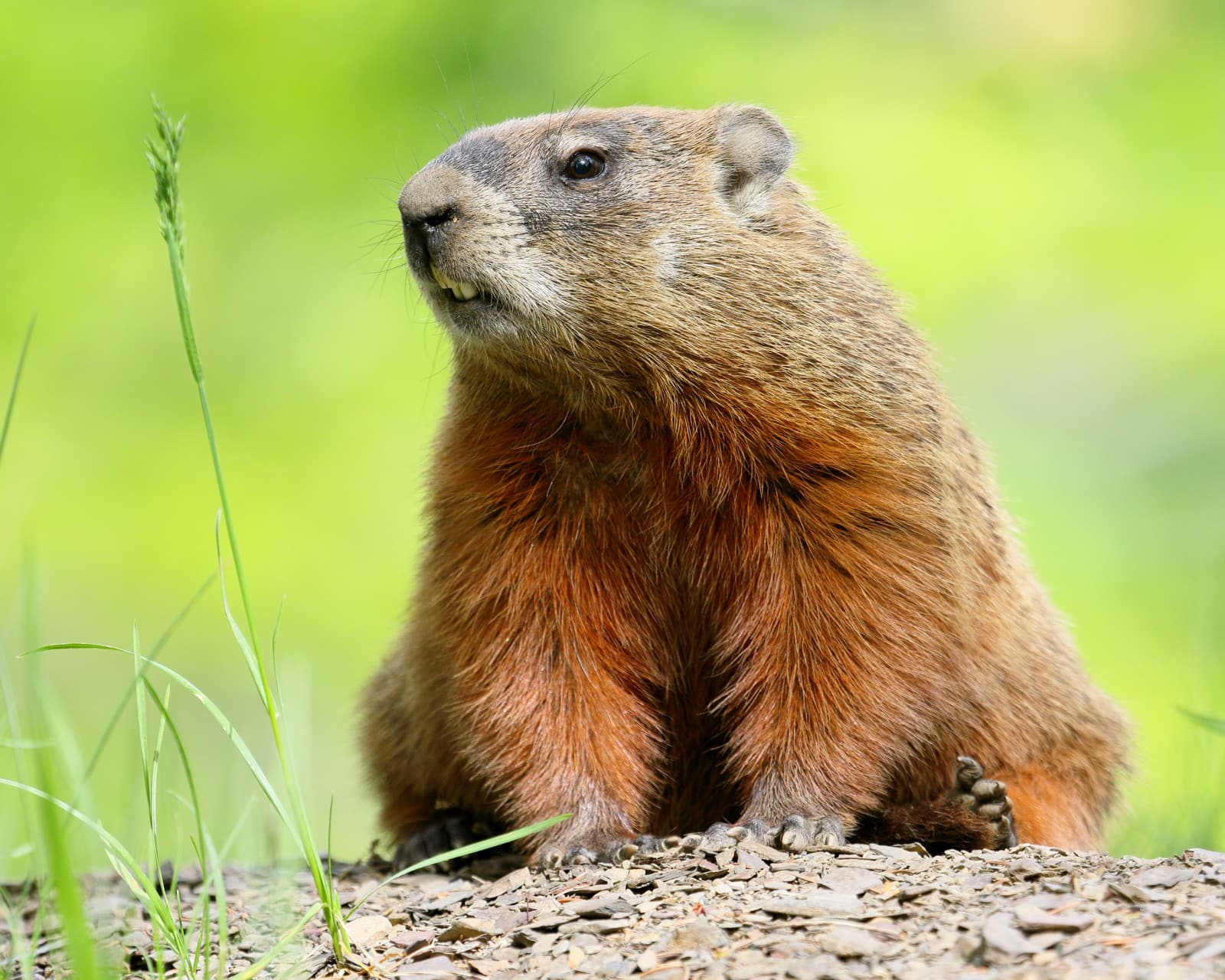
© Cephas / CC BY-SA 4.0
The woodchuck, also known as the groundhog, exhibits the robust build and alert posture characteristic of marmots. Their stocky frame and thick fur help them thrive in various climates across North America.
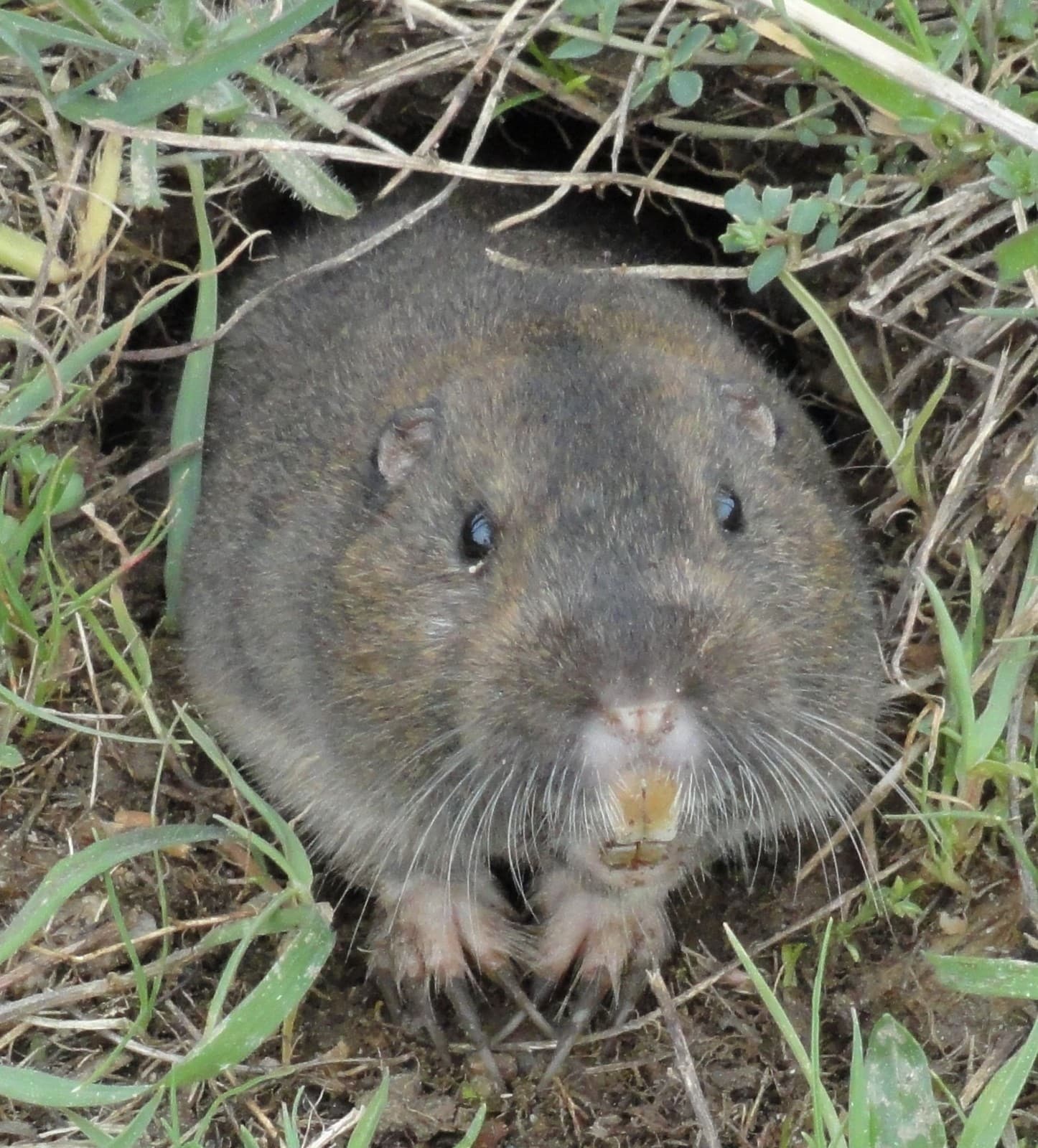
© LeonardoWeiss / CC BY 3.0
Pocket gophers display adaptations for their underground lifestyle, including smaller eyes, powerful front limbs, and specialized fur that allows them to move easily through their tunnels in both directions.
Key Differences: Woodchuck vs Gopher
| Feature | Woodchuck | Gopher |
|---|---|---|
| Size | 16-26 inches (40-66 cm) | 6-13 inches (15-33 cm) |
| Weight | 5-14 pounds (2.3-6.4 kg) | 0.5-2 pounds (0.2-0.9 kg) |
| Habitat | Meadows, woodlands, suburbs | Agricultural fields, grasslands |
| Diet | Herbivorous - plants, flowers, tree bark | Roots, tubers, underground vegetation |
| Behavior | Primarily diurnal, above-ground activity | Mostly subterranean, rarely seen |
| Tunnel System | Simple burrows with few entrances | Complex networks with multiple chambers |
Habitat and Lifestyle Differences
Woodchucks prefer edge habitats where woodlands meet open areas, creating burrows in well-drained soils. They’re commonly seen in suburban areas, agricultural fields, and along forest edges. Their burrows typically feature 2-3 entrances and extend 2-6 feet (0.6-1.8 m) deep.
Gophers, conversely, spend up to 98% of their lives underground in extensive tunnel systems that can span several hundred feet. Their burrows are more complex, featuring multiple levels, food storage chambers, and numerous emergency exits. They prefer areas with loose, fertile soil that supports their root-based diet.
Diet and Feeding Habits
The dietary preferences of woodchucks and gophers reflect their different lifestyles. Woodchucks are herbivorous generalists, consuming:
- Garden vegetables
- Wild grasses
- Flowers and bark
- Agricultural crops
- Tree seedlings
Gophers specialize in underground plant parts:
- Roots and tubers
- Bulbs
- Underground stems
- Occasional above-ground vegetation pulled from tunnel entrances
Behavior and Social Structure
Woodchucks are primarily solitary but more social than gophers. They exhibit complex behaviors including:
- Seasonal hibernation
- Territory marking
- Vocal communications
- Above-ground vigilance
Gophers are strictly solitary and territorial, only coming together briefly for mating. Their behavioral adaptations include:
- Constant tunnel maintenance
- Specialized food gathering techniques
- Vibration-based communication
- Aggressive territorial defense
Impact on Human Activities
Both species can conflict with human interests, but in different ways:
Woodchucks:
- Damage to garden crops
- Burrows in agricultural fields
- Structural damage to buildings
- Lawn damage
Gophers:
- Extensive root system damage
- Soil structure disruption
- Agricultural crop loss
- Irrigation system damage
Conservation and Management
While neither species is endangered, their management approaches differ significantly. Woodchucks often benefit from suburban development, adapting well to human-modified landscapes. Gophers, while sometimes considered agricultural pests, play crucial roles in soil health and ecosystem functioning through their burrowing activities.
Understanding these differences between woodchucks and gophers is crucial for both wildlife management and garden protection strategies. While they may appear similar at first glance, their distinct characteristics and behaviors require different approaches to coexistence and control when necessary.

